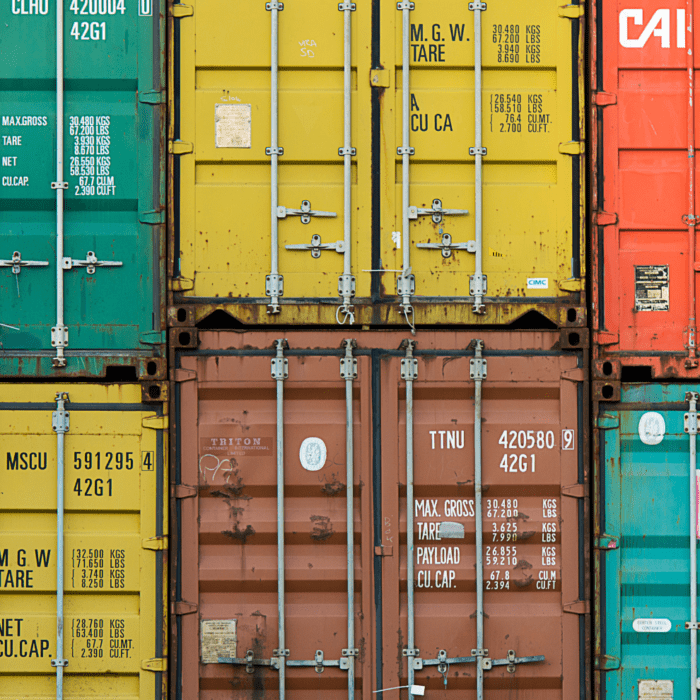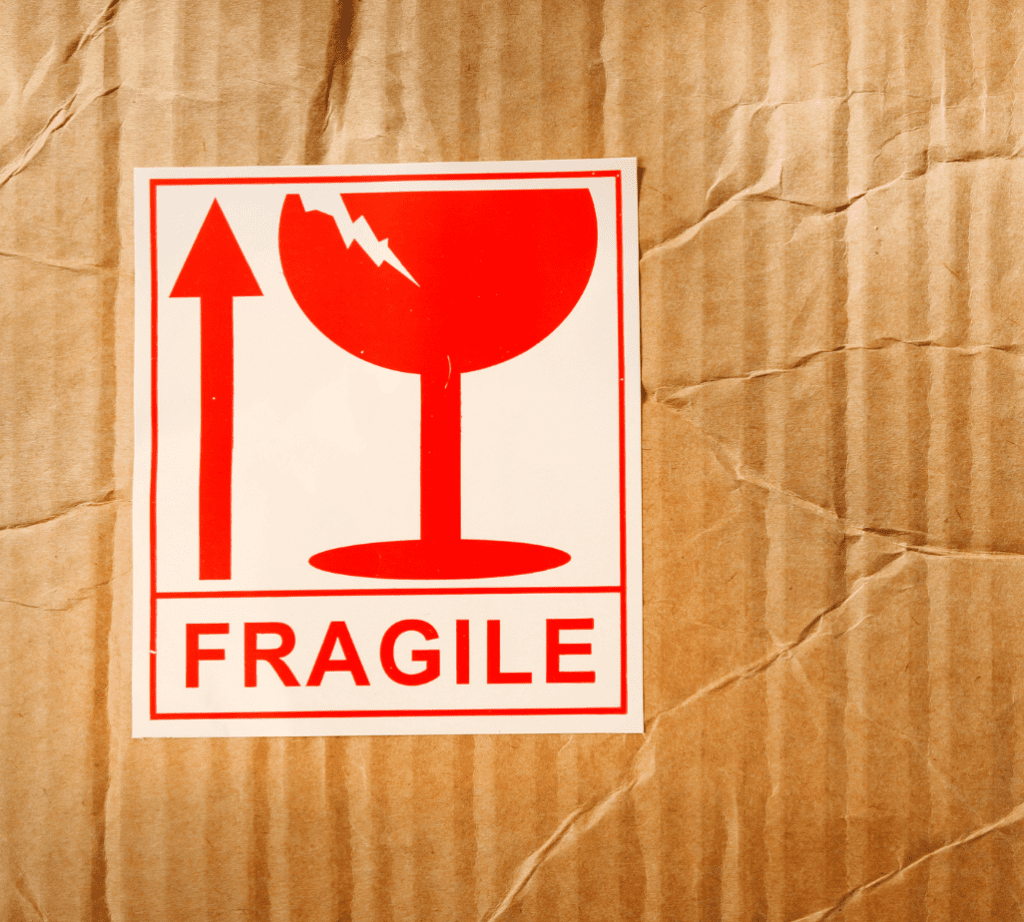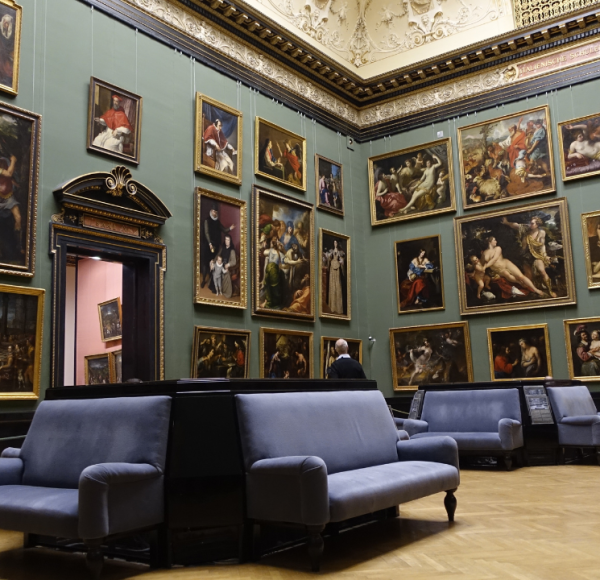
A Brief History of the Cargo Container: The Box That Changed the World
Home Get a Quote It’s not flashy. It’s not complicated. It’s literally a big metal box. But the humble cargo container, also known as the shipping container, has completely...
Transporting art is no ordinary delivery job, it’s a mix of meticulous care, logistical expertise, and an appreciation for the delicate, priceless items entrusted to you. Art couriers play a critical role in ensuring that paintings, sculptures, and other artworks safely reach their destinations, whether it’s a gallery, museum, private collector, or auction house.
But what does it take to be an art courier? This blog explores the skills, responsibilities, and challenges that make art couriering a unique and rewarding profession.
Essentially, the role of an art courier is to transport artwork safely from one location to another. However, the job is far more varied than it seems. Each piece of art is unique, often fragile, and sometimes irreplaceable. This requires couriers to go above and beyond standard delivery practices.


1. Attention to Detail
Small mistakes can lead to big consequences when dealing with valuable art. From inspecting packaging to monitoring environmental conditions, precision is essential at every step.
2. Logistics Expertise
It requires an understanding of route planning, time management, and risk assessment. Couriers must anticipate potential delays, such as traffic or customs issues, and adjust plans accordingly.
3. Physical and Technical Skills
Moving large sculptures or framed paintings often involves physical effort, so strength and stamina are important. Additionally, they must know how to use specialised equipment like art crates, straps, and climate-controlled vehicles.
4. Problem Solving Abilities
Unexpected challenges can arise, such as last-minute changes to delivery details or inclement weather. An art courier must think on their feet and adapt to ensure the artwork’s safety.
5. Discretion and Professionalism
Given the high value of the items being transported, art couriers must maintain confidentiality and handle interactions with clients professionally.
"As an art courier, my job goes beyond just delivering packages, I'm trusted to transport pieces of history and culture. It's my responsibility to make sure they reach their destination in perfect condition"
- Ben Cross, Courier
1. Packaging
Proper packaging is the first line of defence against damage. Artworks are often packaged with:
2. Climate Control
Many artworks are sensitive to temperature and humidity fluctuations. Couriers can use vehicles equipped with climate control systems to maintain optimal conditions throughout the journey.
3. Secure Loading and Transport
Loading and unloading artwork is a meticulous process. Couriers use straps, padding, and secure shelving to keep items stable. During transport, they drive carefully to avoid sudden stops or rough roads.
4. Insurance and Documentation
Art shipments require thorough documentation, including:
5. Real Time Monitoring
Modern technology allows art couriers to track shipments in real time, providing clients with updates and ensuring peace of mind. Click track package at the top of this page and input your consignment number to track your package.
High Stakes
Transporting valuable or one-of-a-kind artwork comes with immense pressure. Even a small error can have costly consequences.
Unpredictable Conditions
Traffic, weather, and customs delays can disrupt schedules, requiring quick thinking and alternative plans.
Specialised Training
Couriering artwork isn’t something you can jump into without preparation. It requires knowledge of handling techniques, environmental controls, and industry standards.
Emotional Responsibility
Beyond the financial value of art, many pieces carry deep cultural, historical, or sentimental significance. This adds another layer of responsibility to the job.
Home Get a Quote It’s not flashy. It’s not complicated. It’s literally a big metal box. But the humble cargo container, also known as the shipping container, has completely...
When you need something moved urgently, safely, and reliably, you want more than just “a man and a van”. You want a partner who understands the logistics, timing, and...
The Chelsea Flower Show is one of the most prestigious and highly anticipated events in the horticultural calendar. Every May, the eyes of the world turn to London as...
This website uses cookies to ensure you get the best experience on our website. Our Policy
